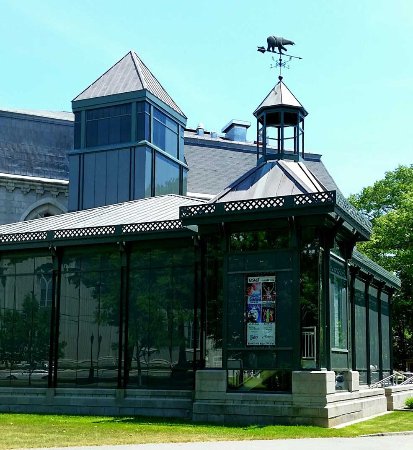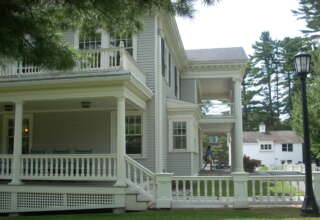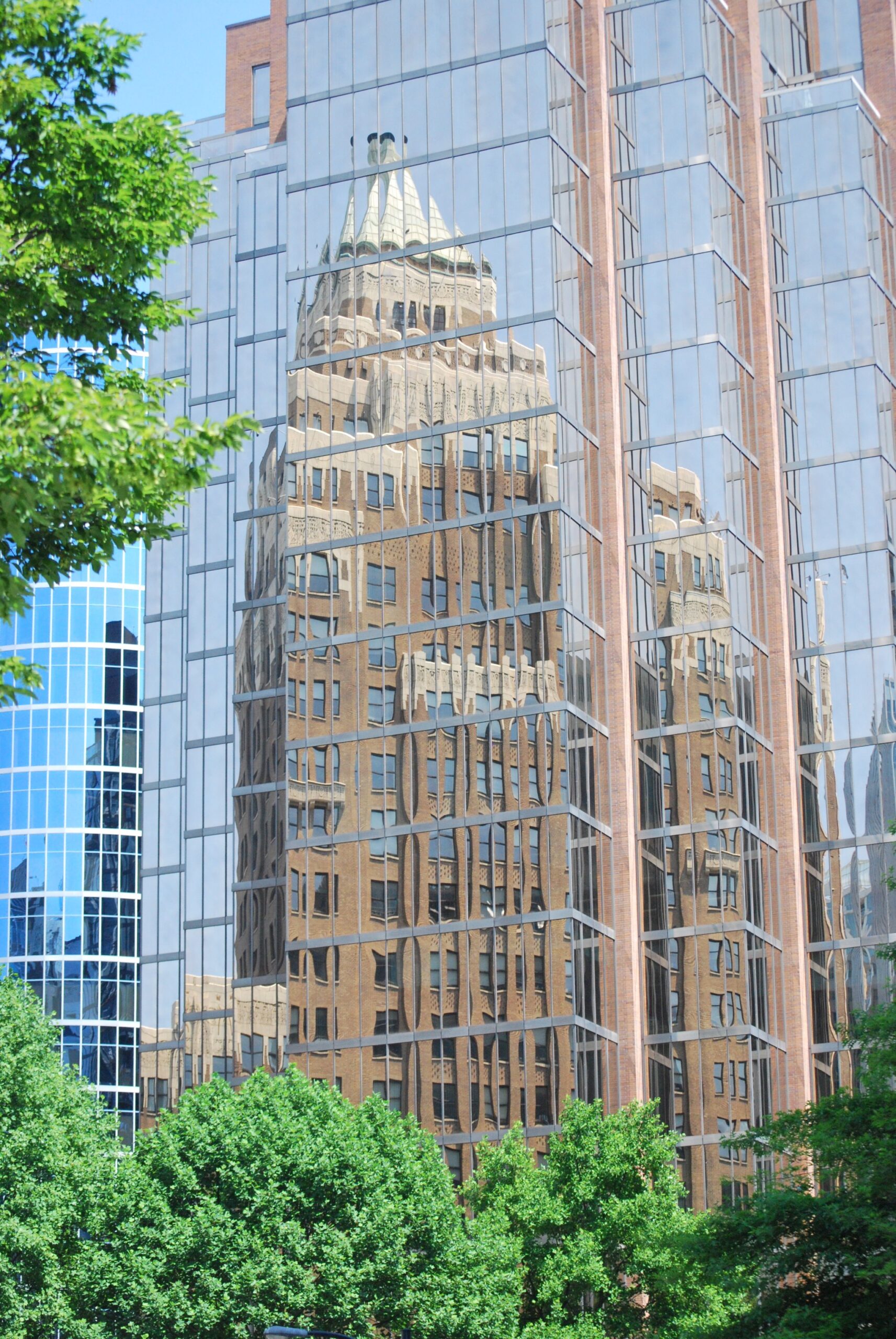
The Mill Girls lived below the Line and were caught up in this cycle. They had little control over either their working conditions or wages. This was particularly the case for the second wave of Mill Girls who immigrated from other countries. While the early Mill Girls usually could return to their New England farms, the immigrant workers were often caught in the trap of “no return” to their homeland. Opportunities afforded the Harvey Girls were more like those of the early Mill Girls. They could return to their hometown if the conditions of work were untenable. However, they probably would face low wages at home, since they were often cursed by coming from a lower economic class, having little formal education, and, most importantly, being women. The Line had been firmly constructed in their hometown and the American West to which they were Pulled. Ultimately, there was no escape.
The economic pull for the first generation of Mill Girls and most of the Harvey Girls did not leave them in a state of economic success. Rather, they were often left in a state of economic blackmail. They found themselves cornered in a world of low wages, all-consuming labor, and life lived below the Line. They may have been Pulled to a new life that promised prosperity. However, they are now being Pushed into acceptance of a work life that was often alienating and under the thumb of management.
Financial institutions
Organizations operating in a capitalist society typically require strong, sustained collaboration with financial institutions in this society. Banks and other financially based organizations provide the leverage for growth in capitalist organizations. While accumulated wealth is the primary fuel for expansion in many organizations, there is often a desire to expand faster than this wealth allows. As a result, debt-based financing is prevalent, enabling organizations to grow even quicker than their profit margins allow.
Furthermore, there is selective access to banking services related to loans. Ironically, only those who already have money can receive additional funds from the banks. This irony helps to reinforce the Line. Those from the lower middle and lower classes, and those from discriminated populations (particularly race and gender) have minimal access to bank loans. Thus, those living below the Line have minimal capacity to leverage whatever assets they have, especially assets that are not formally acknowledged by their government.
Hernando de Soto has documented this failure to acknowledge the assets of those living below the Line. In The Mystery of Capital, DeSoto (2000) observes that the assets members of the lower class do have include the informal use of land or sea. They use the land or sea to extract natural resources (such as fish and lumber). There might also be land informally acknowledged as the residency of people living in villages or urban slums. Their families may have been homesteading for many generations, yet they can lay no legal claim to the land on which their homes have been built. DeSoto points specifically to the Brazilian favelas and Mexican barrios that are filled with shacks built on land that has been “owned” (or at least occupied) by the poor urban dwellers for many years. DeSoto proposes that formal, legal acknowledgement of these assets could help these citizens gain some financial leverage for modest accumulation of wealth.






